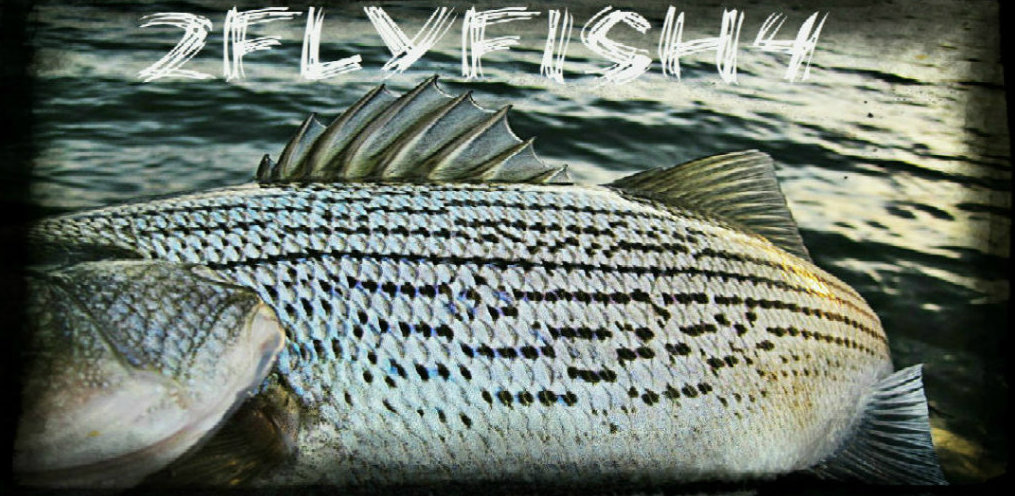The Baffin complex, which includes Alazan Bay, Cayo del Grullo and Laguna Salada is the most remote bay system on the Texas Gulf Coast. It reaches west of the Laguna Madre, about midway between Corpus Christi and Port Mansfield, isolated from the open Gulf by Padre Island. This large bay complex is unique in many ways. Due to its lack of any major freshwater drains and any open passes leading to the Gulf of Mexico, Baffin Bay has a higher salinity level then any other bay in the area. Its is believed that the high salinity levels help the trout grow larger because the fish are not stressed by constantly having to adjust to varying salinity levels. It is also believed that since the bay is protected from the Gulf of Mexico that sharks, dolphin and other large predatory fish typically do not move into the bay to prey on the trout. Serpulid reefs are found no where else on the Texas coast and are unique to Baffin. Living and growing serpulid reefs occur in only a few other areas of the world. These reefs are dated from 300 to 3,000 years old. Serpulid worms (after the family of tube-building worms, Serpulidae) and much like coral reef-building animals, making their tube homes out of calcium carbonate. Over time, these tubes build up into very large rock-like reef structures. While there are some living worms still found on these reefs, there are no reports the reefs are building or enlarging at this time.
Baffin Bay arguably produces more speckled trout measuring 30 inches or longer and it certainly accounts for plenty of double-digit trout every year. Baffin is generally not a bay where you'll catch a lot of trout. But there's something about the combination of the bay's hypersaline water, rocks and reefs that grows big speckled trout. Targeting these larger trout you will need a lot of patience in learning the habits of these big girls. Watch and look for bait fish near shorelines and/or birds working the area. Oil slicks that smell like watermelon or a sweet smell means trout are feeding. Oyster and serpulid reefs provide fish attracting habitat for these speckled trout and provide a sense of protection. During spring days with high barometric pressure, clear skies and cool temperature, focus on areas with deeper water and some sort of structure. On days with low pressure, cloud cover and warmer temperature, move shallow, hitting the grassy flats, paying particular attention to rocks in less than about 3 feet of water. The big sows usually are loners and cruise the shallows to feed on baitfish. Wading allows an angler to work close without worrying about hull slap and other unnatural noises spooking weary fish. Wading also provides the elemental of one-on-one pursuit of trophy trout.
Speckled trout (Cynoscion nebulosus) are also known as spotted trout, specks, and mustard mouths. Surprisingly they are not part of the trout family at all, but part of the croaker family and first cousin to the drum family.The Harte Institute located at TAMCC (Texas A@M of Corpus Christi) performed a study to determine the mortality of speckled trout after they had been caught and released. Harte Institute inserted a tracking device into several mature speckled trout to learn more about there habits and study this popular species. Please practice CPR (Catch, Photo & Release) with trophy sized trout.
Tagging Speckled Trout Harte Research Institute
The current state record Speckled Trout did not come from Baffin bay. Carl "Bud" Rowland While flyfishing the lower Laguna Madre on May 23, 2002 caught and released a trout that measured 37 ¼ inches and weighed 15 pounds, 6 ounces. Their is a lot of controversy regarding this record. Texas Parks and Wildlife for unknown reasons decided to bypass their requirement that all State Record fish must be inspected by state officials. This fish was released without being inspected by anyone other than Rowland. Never the less, fish larger than the state record have ghosted across the desolate flats and treacherous rocks of Baffin Bay.
On to the fishing. I guess you could say this weekend was just about making the best of it. Thursday night I started to come down with a head cold. Friday night I may have got 3 hours of sleep with my pounding head/sinus keeping me up most the night. Saturday morning we got up and ready for a day of fishing with Capt Les Cobb. Conditions weren't looking so good, we had a system moving in that was going to hit us with a lot of rain and high winds. We toughed it out and were able to pick up a couple nice fish but the high winds limited us to only being able to fish a few spots.
I ran into town Saturday night to pick up some cold medicine which helped a little but by the end of the night I started running a fever. I was beat from fishing all day Saturday and knew Sunday was going to be even tougher. I decided to wuss out for Sundays fishing. Knowing if I fished it was going to be a 20 hour day from the time we got up to head out fishing to the time I was able to lay my head down for the night. With the head cold I just didn't have the energy for that kind of day. I took an early flight back home Sunday and slept most the day. My buddies still went out Sunday and they didn't tear the fish up, but they did catch the below fish. This is a fish that brings one to Baffin, just under 32" and right at 10lbs.
Capt. Les Cobbs Double Digit
Baffin Bay Trout.

